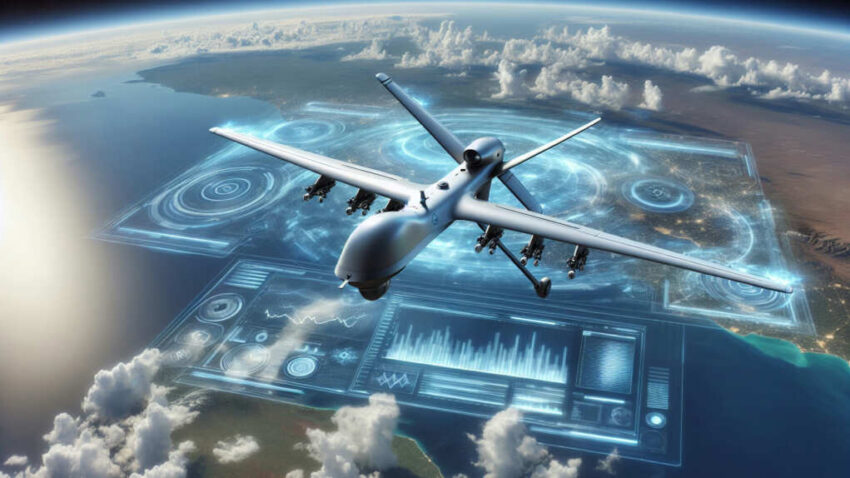In the shadow of growing tensions, Russia unveils its largest and most secretive drone factory, fueling a dangerous escalation in the Ukrainian conflict.
At a Glance
- Russia’s Yelabuga drone factory is producing drones at nine times its original capacity.
- The factory is central to Russia’s drone warfare strategy against Ukraine.
- Iranian-designed drones are produced at the facility, marking significant Russia-Iran collaboration.
- The plant employs a large workforce, including teenage apprentices, raising ethical concerns.
Russia’s Drone Strategy Unveiled
Russia has taken a bold step by showcasing rare footage from inside its Yelabuga drone factory, located in Tatarstan. This facility, originally intended as a hub for scientific and economic development, has been transformed into a production powerhouse for unmanned combat aerial vehicles (UCAVs). These drones, based on the Iranian Shahed series, have played a pivotal role in Russia’s ongoing conflict with Ukraine, allowing Moscow to maintain a persistent aerial assault despite conventional military setbacks.
The footage highlights the extensive scale and secrecy of the plant, which is now operating at nine times its initially planned capacity. With hundreds of machines and thousands of workers, including teenage apprentices, the factory is a testament to Russia’s commitment to drone warfare as a critical component of its military strategy. However, the reliance on minors in such an environment raises significant ethical questions, casting a shadow over the facility’s operations.
Strategic Importance and Vulnerability
The Yelabuga plant is strategically positioned over 1,000 kilometers from the Ukrainian border, serving as both a vital asset and a potential target for long-range Ukrainian strikes. As Ukraine develops capabilities to reach deeper into Russian territory, the plant’s location could become a liability. Ukrainian military and intelligence efforts are focused on disrupting the plant’s operations, aiming to reduce the frequency and intensity of drone attacks on Ukrainian cities and infrastructure.
The plant’s significance is underscored by the involvement of key stakeholders, including the Russian Ministry of Defence and the Iranian defense industry, which provides crucial technology and components. This collaboration not only strengthens Russia’s drone capabilities but also serves Iran’s interests by testing its technology in a high-stakes conflict, further deepening the military-technical cooperation between the two nations.
Implications for the Future
The Yelabuga drone factory represents a profound shift in modern warfare, with drones becoming central to military strategies. The sustained drone attacks on Ukrainian targets have resulted in increased civilian casualties and infrastructural damage, prompting Ukraine and its allies to seek countermeasures. This escalation is not just about military tactics—it reflects broader geopolitical dynamics, with Western governments imposing sanctions and providing intelligence support to counter the Russian drone threat.
In the long term, the entrenchment of drone warfare could have far-reaching consequences. It risks fueling an arms race as countries invest in drone technology and countermeasures. The deepening Russia-Iran alliance may lead to further proliferation of advanced weapon systems, destabilizing regional security and complicating international diplomatic efforts. The ethical concerns surrounding the use of teenage labor in such environments add another layer of complexity, challenging the global community to address the human rights implications of militarized labor practices.
Sources:
Fox News: Iran seeks China, Russia help to stall UN sanctions ahead of nuclear talks
Euronews: Iran to consult with Russia and China ahead of nuclear talks
Times of Israel: Iran, China, and Russia to meet as sanctions threat looms
Click this link for the original source of this article.
Author: Editor
This content is courtesy of, and owned and copyrighted by, https://libertynewsalerts.com and its author. This content is made available by use of the public RSS feed offered by the host site and is used for educational purposes only. If you are the author or represent the host site and would like this content removed now and in the future, please contact USSANews.com using the email address in the Contact page found in the website menu.








